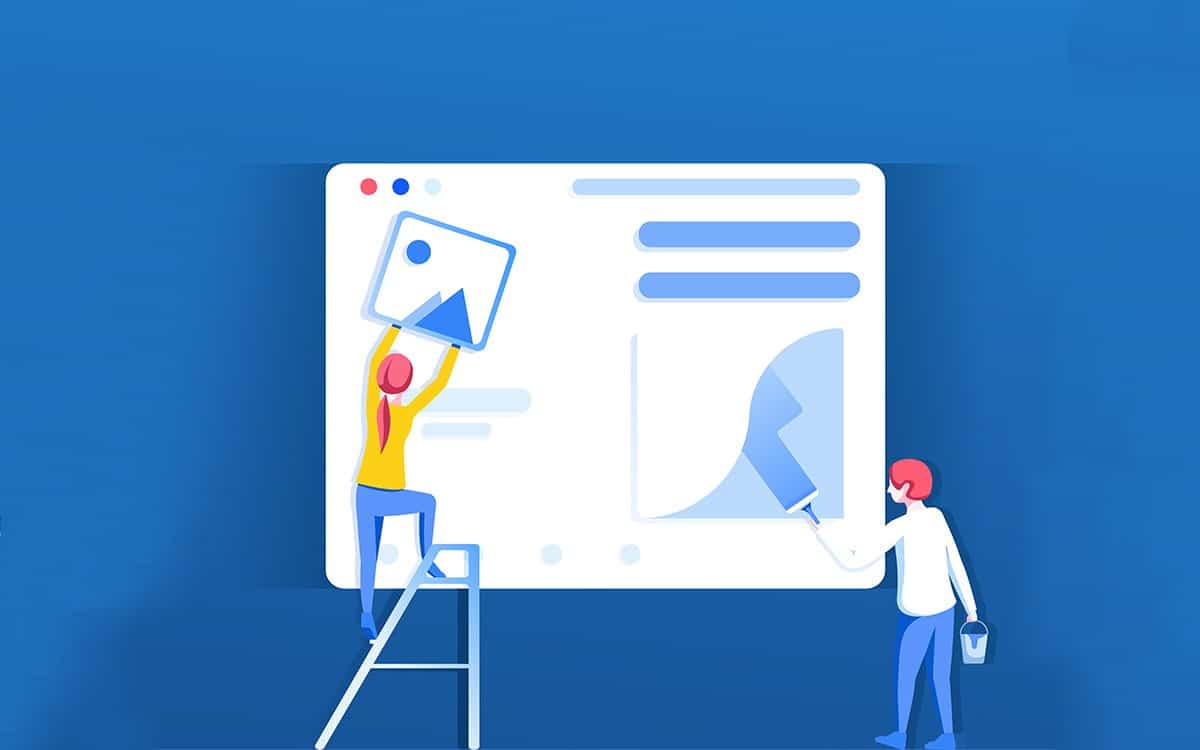28 Dec

1st is Data Footprint: The first one being data footprint to reduce the timeline and complexity of S4 conversion. The first thing you would have to do is to bring the systems into compliance by purging information that has reached the end-of-life plan on an archiving strategy to trim down the size of the current database. By doing this you’re able to simplify the conversion, the business downtime, and also the size of the Target HANA appliance.
Custom code remediation is the second one. You’ll have to jump into the existing custom code repository and get rid of all your old unused custom code. This is more the process called custom code evaluation Then analyze your custom code with a simplification database Find out which objects need to be changed to get adapted to the S A P S4 HANA Prioritize the list that you plan to attack. These steps will not only help plan the conversion and the testing process; will also help in resource estimation for the same. Housekeeping is really the key to this exercise.
Data validation post-conversion is your 3rd tip. It becomes mandatory to validate the key master and transaction data across the source and target systems. Plan for an automated data validation methodology. This will ensure that we can stay within the stipulated business downtime.
The 4th one is Change management: Change and code freeze prior to the start of the S4 conversion journey and sure. Open projects and change requests in development are released and move. On the way up to production. Code freeze during the project will minimize the risks by not introducing any new changes into the systems during conversion.
A phased approach is number 5: The plan for a phased approach in the conversion starts with the conversion of the sandbox with a copy of production data and includes a comprehensive test cycle and training plan for the SMEs in the sandbox phase. If possible, include the testing with interfaces as well.
6th one is Backup policies and retentions: During the entire time frame of the project plan on more frequent backups and log retentions on development and QA systems as well. This will ensure that you can do point of time recoveries in case you have to roll back due to system and human errors. Faster backup and restore methodologies will definitely come in handy.
An integrated cutover plan can be your 7th tip. Maintain an integrated and comprehensive cutover plan and follow it meticulously starting from development. This will ensure a seamless run in production.
Training is 8th: S4 brings in a lot of change in user experience and business processes as well ensure that you plan and get the SMS trained to handle the change and also And that user Community would be doing the testing
And the 9th one i the Testing Identify the most frequent business processes and build automated test scripts around the processes to ensure a quicker and error-free test cycle.
And the 10th, last but not the least is Analytics & UI strategy. For Analytics, with the OLAP and OLTP instances merged and with new data structures on the S4 database. It is advisable to start looking at the existing reports and identify the new reporting strategy to be taken going forward. UI Strategy – A uniform UI experience and design becomes key success factors of any ERP adaption story. Especially with the introduction of FIORI and UI5 applications in S A P S4 HANA, it becomes important to come out with a harmonious UI framework for a unified and intuitive user experience.



















1 Comment
Amit
Well comprehended and helpful for any new PM taking up an S/4 Project. Thanks!